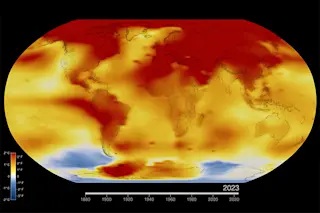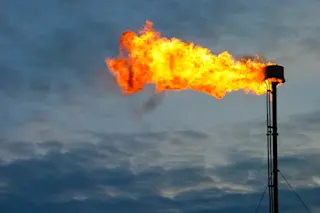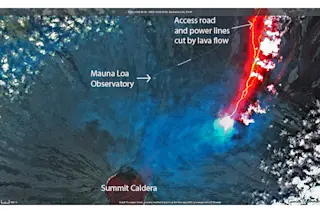Every 26 seconds, the Earth shakes. Not a lot — certainly not enough that you’d feel it — but just enough that seismologists on multiple continents get a measurable little “blip” on their detectors. But even though this pulse has been observed for decades, researchers don’t agree on what’s causing it. The mystery surrounding the phenomenon even has its own XKCD web comic.
The pulse — or “microseism” in geologist lingo — was first documented in the early 1960s by a researcher named Jack Oliver, then at the Lamont-Doherty Geological Observatory. He’s best known for his later work that supplied some important early evidence for shifting tectonic plates. Oliver figured out that the pulse was coming from somewhere “in the southern or equatorial Atlantic Ocean” and that it was stronger in the Northern Hemisphere's summer months (or, the Southern Hemisphere's winter).
“Jack didn’t have the resources in 1962 that we ...














